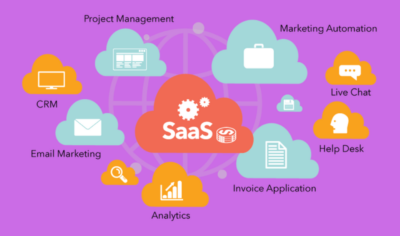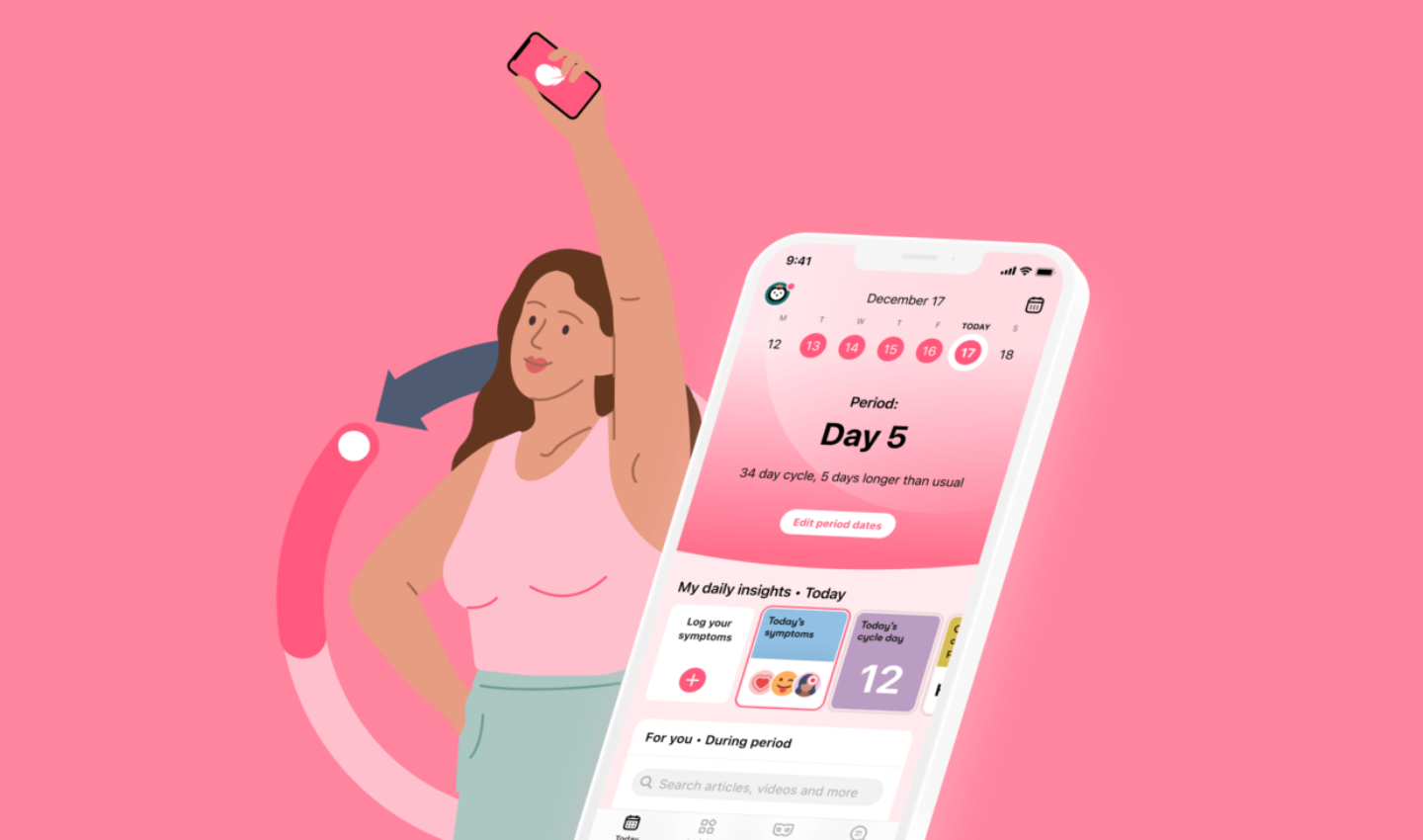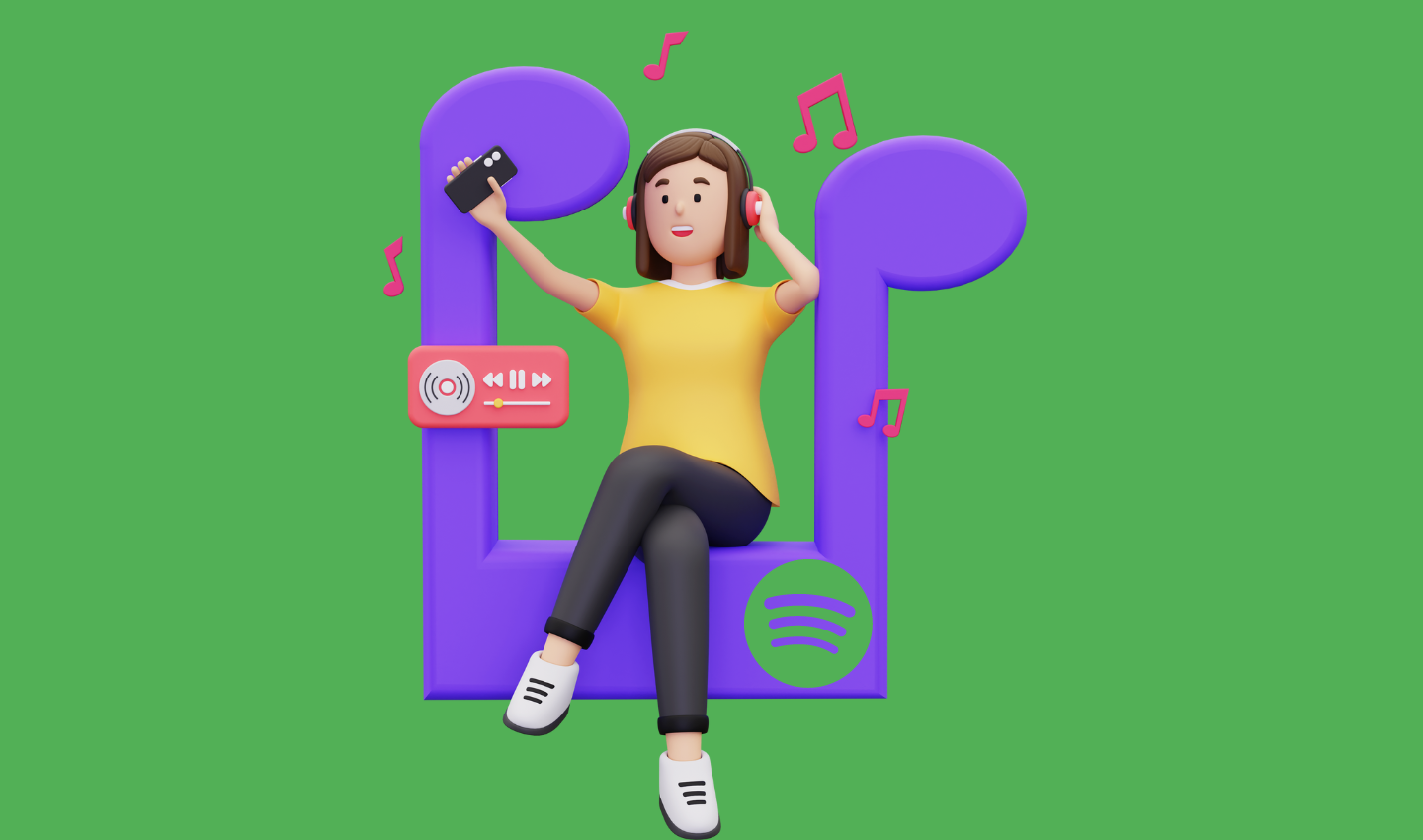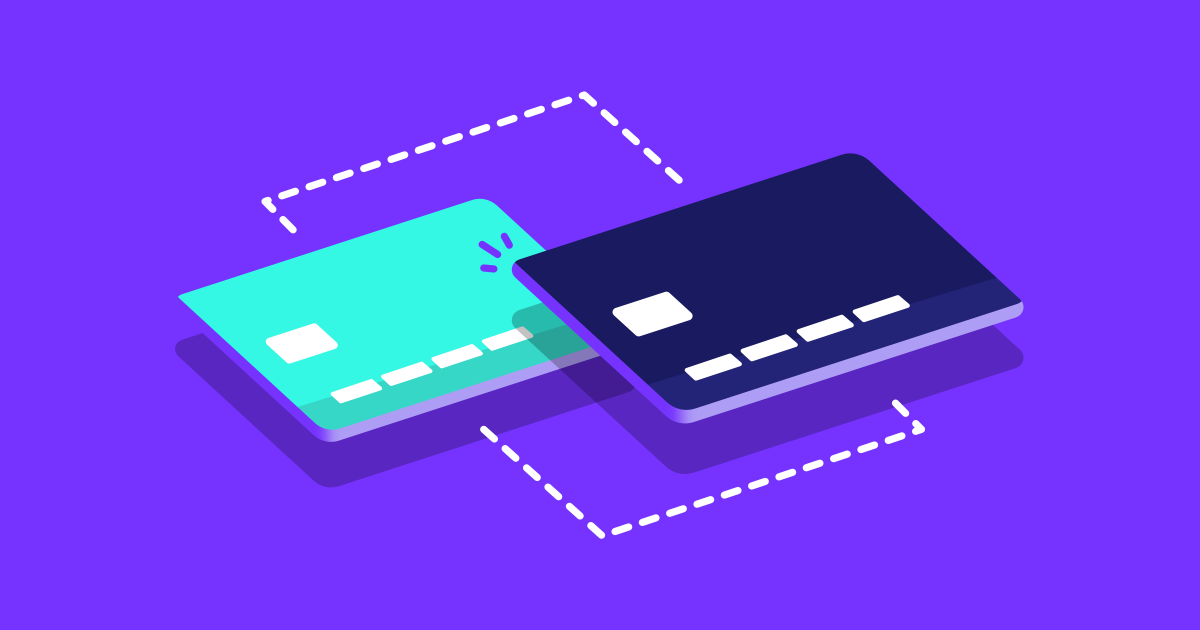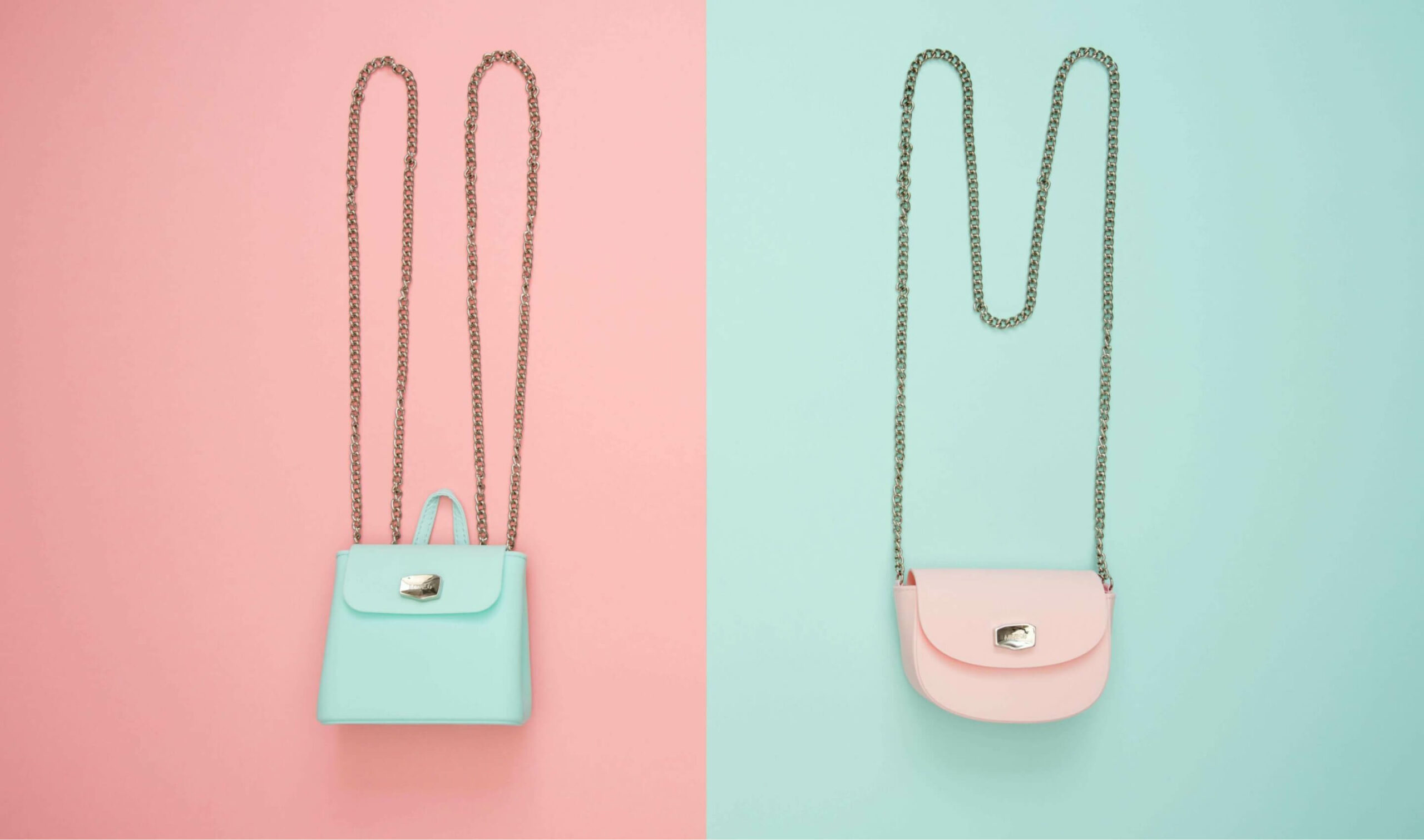
What is UX & Why Is It Important For Your Business?
Table of Contents
Intro
User Experience – or more popularly known, UX, has gained compounding popularity in the last 10 years. But let’s start from the start. The term ‘User Experience’ was initially coined by now deemed Father of UX, Don Norman, while working at Apple in 1995. Still, the concept of UX might actually date back to 4000 BC, when Feng Shui was introduced. In fact, he joined Apple as a User Experience Architect, the first job title that included the term UX.
In a more recent video, he explains that we use the term ‘UX’ quite ineffectively today. When he introduced the term, he referred to a holistic perspective of “everything that touched upon your experience with the product, and may not even be near the product.”
So buckle up, and together, let us understand what exactly is UX and why is it so important for your business?
What is User Experience (UX)? 🤔
User Experience (UX), as you may have guessed it, is the experience of a user with a product. Jokes aside, UX generally refers to any and all interactions a user/customer has with a product or service. Although UX can usually refer to any and every experience, i.e., physical or digital, the term was popularised by the digital & tech industry. For the purpose of this article, I’m going to elaborate on UX concerning digital products and services.
The meaning of UX also depends on the perspective. For a user, it denotes the emotion/satisfaction level felt while interacting with a product, especially any form of Human-Computer interaction (HCI), and the efficiency of fulfilling their need/expectation from the product. Whereas, for a designer, it refers to the process of ideating and executing the elements that shape a user’s interactions with the product based on market research, branding, usability, efficiency and accessibility.
🏁The goal of UX design is to iterate and enhance user interactions with a company’s brand and product to deliver the easiest, most efficient and satisfactory experience with the digital product.
Now that we have a general but clear understanding of what is UX is (we do, right? If not, I’d recommend reading the complete definition of UX by none other than Don Norman), let’s shine the light on why UX is crucial for the survival of your business (literally, don’t believe me but hear it from Airbnb who claim that design thinking took their near-failure startup to a billion-dollar company).
Here’s 5 reasons why UX is important for your business:
🥰 Increased Brand Loyalty
Imagine walking past a store with dirty, broken windows, trash at the entrance, dull lighting and a half-lit sign – sounds like the place to be? Not at all👎
Transferring similar attributes to a website/app with bugs and a non-intuitive experience will yield similar results, i.e., ZERO traffic, ZERO downloads and perhaps, negative referrals.
Tailored and inviting UX is crucial to not only attract but also retain customers. A happy user is going to stick around and could even recommend you. Gone are the product-oriented days; we’re here for the user-oriented days🙌
‘A company’s best marketing bet is a loyal user/customer.’
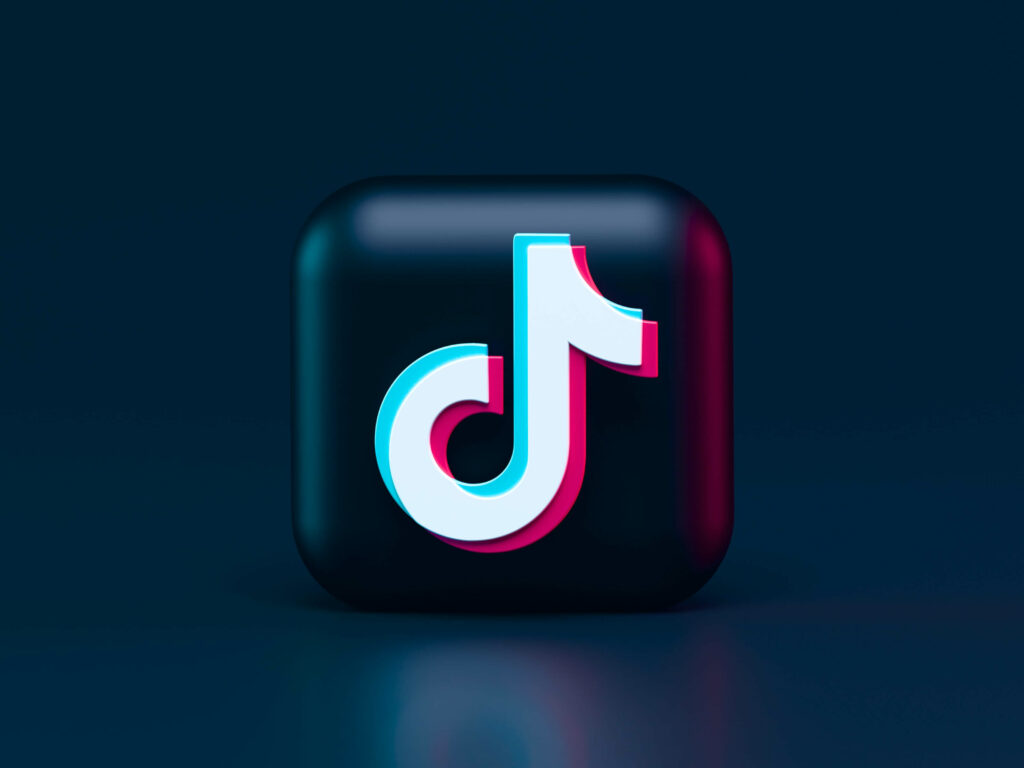
Don’t be shy; we’ve all spent hours scrolling away at all those TikTok videos (oh, the guilt). But what makes TikTok so addictive? Or, more like, what makes a user loyal to TikTok? * drumroll * The UX Design.
Let’s break it down:
- Full-screen Videos: The portrait, full-screen videos create an immersive experience compared to other apps that showcase their content in lists with previews. TikTok videos bring an element of surprise with each scroll, making the user keep scrolling, resulting in better ‘user stickiness’.
- Short-form Videos: The bite-sized videos align perfectly with our current attention span. Although they are slowly venturing into long-form videos since they need to keep up with the competition, TikTok creators will use the ‘hook’ technique to Reel users in. (It was right there, I had to go for it.)
- Efficient Access to Buttons: TikTok’s UI design complies with the rule of thumb; most of the buttons on the screen are within reach of a thumb. Thus, making it an easy & intuitive experience.
- Easy Share Access: TikTok lets you share videos to other apps, almost immediately, actively infiltrating their content to other apps. Whereas, if we look at Instagram, it’s a long process. to share IG content outside the app. No wonder all those shared TikTok videos keep showing up on my IG feed!
📈 Better SEO Ranking
Believe it or not, UX design has a direct impact on your SEO campaigns. Some important metrics such as bounce rate, page speed, dwell time, and mobile responsiveness are tracked by search engines to ascertain your page rankings.
Having users not only find your page easily but also spend time on your page(s), exploring what your website has to offer, is crucial. Now one may ask, “How do I get users to stay longer?” The answer? Good, no, great UX. An important aspect of UX is UX writing. Your UX copy can make or break the deal. The idea behind penning high-quality UX copy is that it’s invisible (Abracadabra✨) That’s the thing, UX and UX Writing must be so embedded into the users’ needs that it feels natural & intuitive. It’s the bad UX that gets noticed. If you can get the user to easily navigate and use your platform, you’ve won half the battle.
Picture this: Every single time you clicked on a button on a website, it showed ‘the wheel of doom’ for 0.5 seconds and then another 1 second to load the page – frustrating, I know! Or if you’re not sure if clicking on ‘Back’ will take away all your progress on a form, a simple ‘All changes have been saved’ would give you peace of mind. Of course, you won’t realise it off the bat, but over some time, these minor design errors will lead to fewer website visits.
So how do you get a better SEO ranking?
- Better UX Writing: Search engines like Google provide results based on the keywords on your website. Optimise your website for long-tail keywords and question-based content within your industry, enabling a user to quickly find answers on your website, leading to (you know where I’m going with this) better UX.
- Faster Page Load Time: Did you know that a 1-second page load delay can result in an 11% decrease in website views🤯. Speed and attention have a direct relationship; higher speed = greater attention. This works for both users AND search engines.
- Robust Website Architecture: The way your webpages are arranged directly impacts a user’s flow on your website. Easy, intuitive navigation will enable users to love the website. Moreover, this will also allow search engines to index your pages better.
🔄 Higher Conversion Rate
“People ignore design that ignores people.” – Frank Chimero.
Let’s say you’ve landed on a website after a quick Google search, you can easily navigate the website, the flow feels natural, you’ve understood the company’s products, and every small button and a pop-up comes up at the right time, no random animated ads, no spammy banners, you are in the market for what this website is selling too, BUT you decide to hold off and see what else is out there. The next day, you receive an email, ‘Your cart is waiting for you – take an extra 20% off!’, you see retargeted ads from the same website in the next few days.
You still need the product – you tell me, how likely are you to go back and purchase their product? We know the answer.
Circling back to Don Norman’s idea that UX encompasses all user interactions with the product, a well-thought UX will align with user behaviour and expectations.
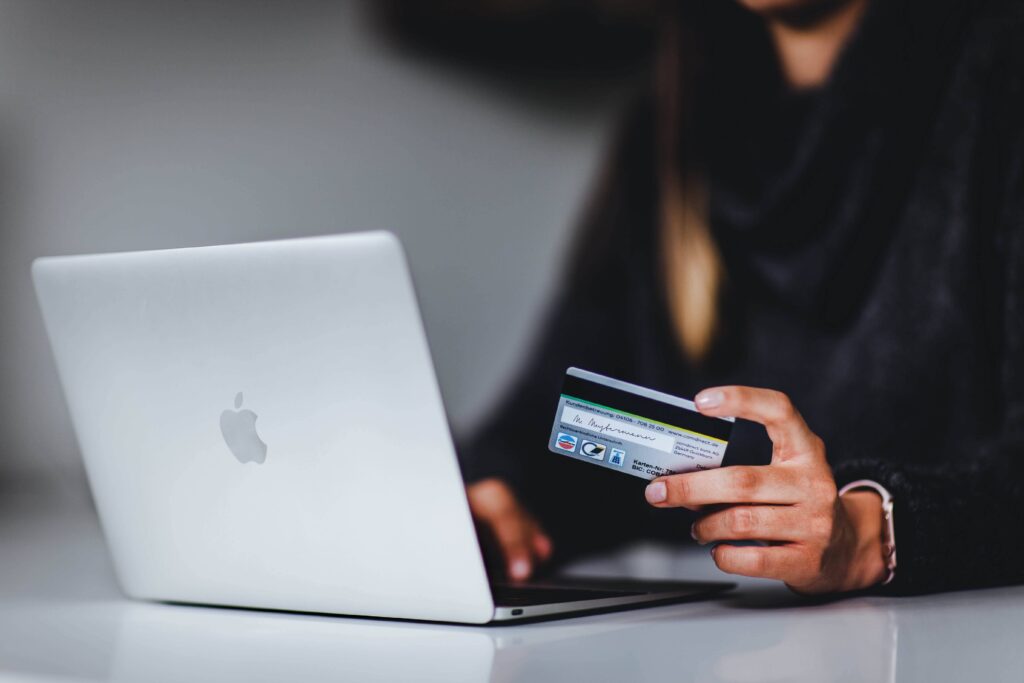
A study from Forrester Research claimed that well-designed UX can increase conversion rate by 400% – now that’s huge!
Reducing frustration before checkout also plays a crucial role in the user flow on a website. You could have a tailored landing page, well-designed CTAs and excellent UX copy but based on recent studies of e-commerce websites, 69% of users abandon their purchase. 🤯
Something as simple as having the option for ‘Guest Checkout’ could positively affect your conversion rate.
💰 Better Design = Better Bottom Line
Increased brand loyalty, better SEO rankings, higher conversion rate, we all know what that means! Cha-ching! A detailed UX design will build a better brand for your company and rake in those leads every single time.
While we’re on the topic of UX design, I want to touch base on the ‘usability aesthetic effect’. In a study conducted by 2 researchers in 1995, it was established that users are strongly influenced by the aesthetics of a product, even when they are trying to interact with the functionality of the said product. Simply stated, users care about the design of a product even if they were here for the actual use case of the product.
Let’s take a look at 2 scenarios:
- Great UX Design, Average Product: People are concerned about the design aesthetics of a product. Great design builds a lasting impression, creates trust and credibility, and creates an illusion of sorts, that the actual product is excellent. People might even tolerate some usability issues if the UX design is incredible.
- Bad UX Design, Great Product: You could have the best product in the market. Still, lousy UX design and lack of aesthetics & presentability will lead to users not understanding the intended use, or, furthermore, might not even look at your product. In today’s oversaturated markets, excellent UX design will act as a differentiator and enhance visibility.
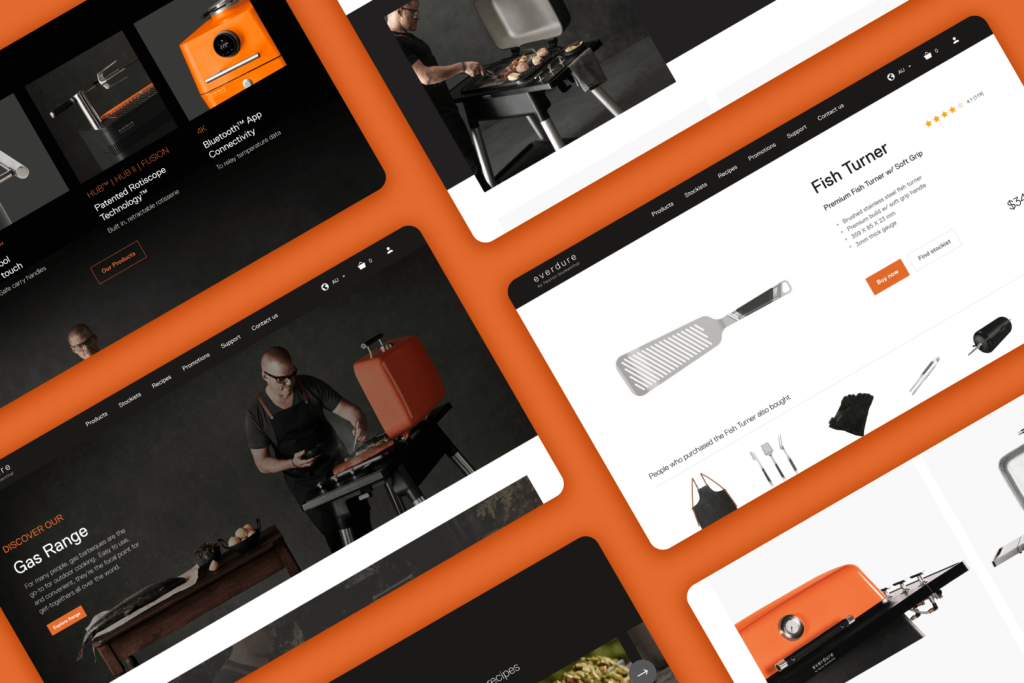
Learning from our experience
Everdure by Heston Blumenthal had the best-in-line, innovative grills, but their website did not match their excellent products, leading to lower conversions and lower awareness. Everdure came up to our team with the hopes of revamping the website to truly reflect their modern products and sophisticated brand. After a vigorous UX/UI exercise, the company’s website underwent a drastic website redesign in 4 weeks sprint, and voila! The company saw increased conversions and the website is now live in 13+ countries. If you’re facing a similar issue, check out this case study on Everdure’s website redesign to get those creative juices flowing! And if that doesn’t work, you can always reach out to Raw.Studio (real subtle).
⏳Save Time AND Cost
If you haven’t already rushed to reviewing the UX of your platform, and have reached this point, let me give a last go at convincing you why UX is SO IMPORTANT for your business.
I know you’re very keen to just set up the basic infrastructure for your platform so your customers can purchase from you; things might even look great at the start, but as things progress, you’re going to notice a higher bounce rate if your pages are not optimised for speed or your mobile responsiveness is slow or your CTAs don’t pop up at the correct time & place. Then, slowly, your conversion rate will take a hit. Yikes!
You’ve probably heard this, “All you need to do is to get out there; if your product is good, people will buy it”. But people will NOT buy it because someone else is selling the exact same product, just with a smoother experience that pleases the customers’ expectations.
Hence, investing a big chunk of your development process into UX and UI design is crucial. You want to align the website flow with user behaviour & habits. Investing this time & resources at the beginning will lead to better SEO, better conversion rate, better retention rate and better bottom lines.
“But I’m only a startup & don’t have enough resources?”, we get it. When you’re starting out, or even if you’ve been around for a while, it can be challenging to build an internal UX team – it will be time-consuming, costly and, dare I say, unnecessary. Of course, you could develop your own UX team, but there’s still a high probability that you’re going to see quite some roadblocks and failures before you get it right.
So what do you do? You get a UX agency to do the heavy-lifting for you. Is this a direct plug-in for Raw.Studio? You betcha!
Before you shrug it off, I’d like to point out that:
- Designing the perfect UX requires diverse yet specific skills. Building such an in-house team will take ages, whereas an agency already hosts designers with varied skills and can hit the ground running.
- Hiring an in-house UX designer might be better for long-term purposes but remember, this will also mean additional long-term costs. An agency will work with you on a project basis, resulting in a cost-efficient investment.
- An agency can almost immediately start working on your projects – they’ve had the experience of working with a wide array of clients, optimising for faster integration with each project.
Are you now convinced that UX is pivotal to the growth of your business? Yes? Let’s start with booking a **FREE 30-min Strategy session** to kick things off. 🚀
Take your company to the next level and get results with our world class user experience, interface design and implementation.
Get a FREE 30 min Strategy Session

Related posts
Flo’s Empathetic Design Hacks: Crafting Data-Driven Experiences for Female Health Apps
Flo reigns supreme in the realm of female health apps. Boasting over 350 million users, it’s become the go-to resource […]
My Spotify: Everything You Need to Know About Spotify’s Latest Personalization Feature
Spotify, the leading music streaming service, has once again pushed the boundaries of personalized music experiences with the introduction of […]
Neobank Design: 3 Great Examples in a New Era of Banking
A tech-oriented world has brought forth a banking space dominated by digital transactions, a decrease in physical cash and a […]
Creative product design that gets results
Take your company to the next level with world class user experience and interface design.
get a free strategy session
